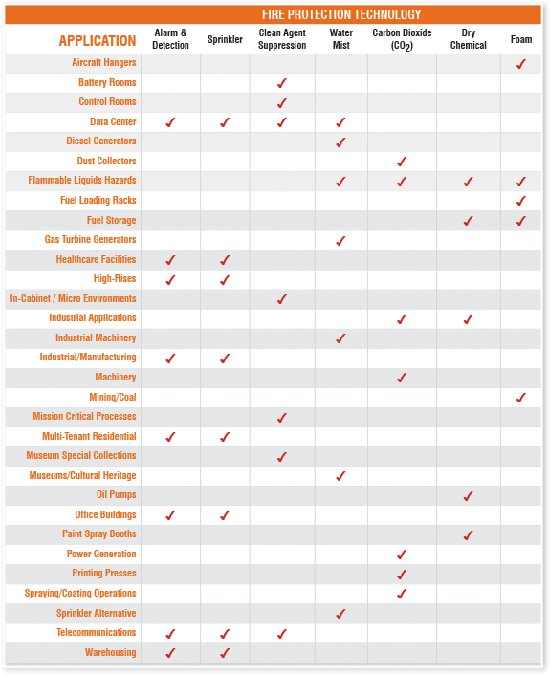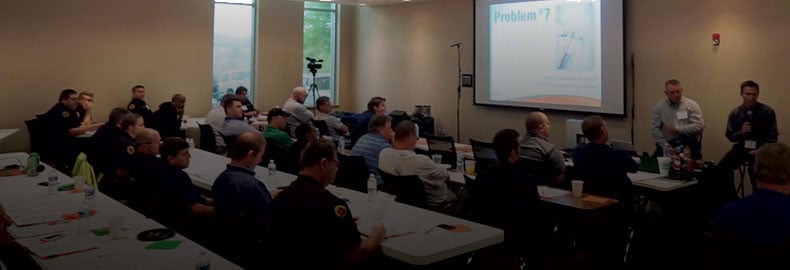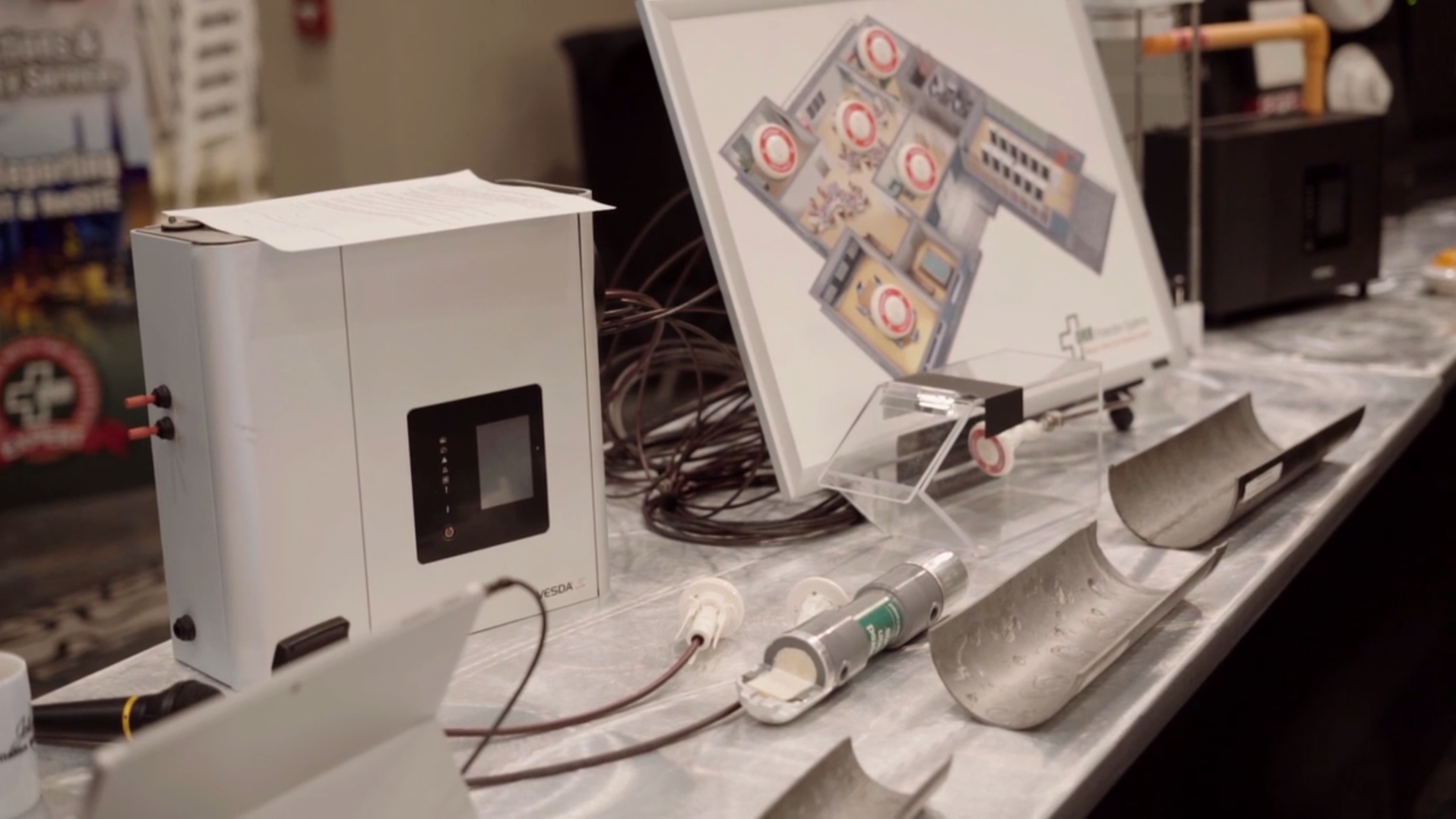Start by asking the right questions…
What are my fire protection goals?
Be certain to consider:
- Applicable Codes (NFPA, State and local building codes)
- Client Desires
Examples of fundamental fire protection goals:
- Goal: Minimize fire-related injuries and prevent undue loss of life.
- Goal: Minimize fire-related damage to the building, its contents and its historical features and attributes.
- Goal: Minimize undue loss of operations and business-related revenue due to fire-related damage.
- Goal: Limit environmental impact of fire and fire protection measures.
What are my specific objectives for fire protection?
- Identify acceptable (tolerable) levels of loss.
- Injuries to persons.
- Damage to building.
- Damage to critical equipment.
- Interruption of business.
- Quantified in various measurements.
- Physical damage in dollars.
- Maximum downtime.
What design is necessary to achieve my desired fire protection performance level?
You must first consider the following:
- Identify all hazards to protect against.
- Understand building construction constraints.
- Understand environmental conditions (airflow, temperature, etc.).
- Identify location of critical equipment.
- Understand emergency response availability.
What is the performance level necessary to achieve my fire protection goals and objectives?
Some levels to consider might be...
- How big do you want the fire to be when you first detect it?
- How big do you want the fire to be when you begin to suppress it?
- How much damage will you allow the suppression agent to cause?
- How much smoke spread do you want before the fire is extinguished?







